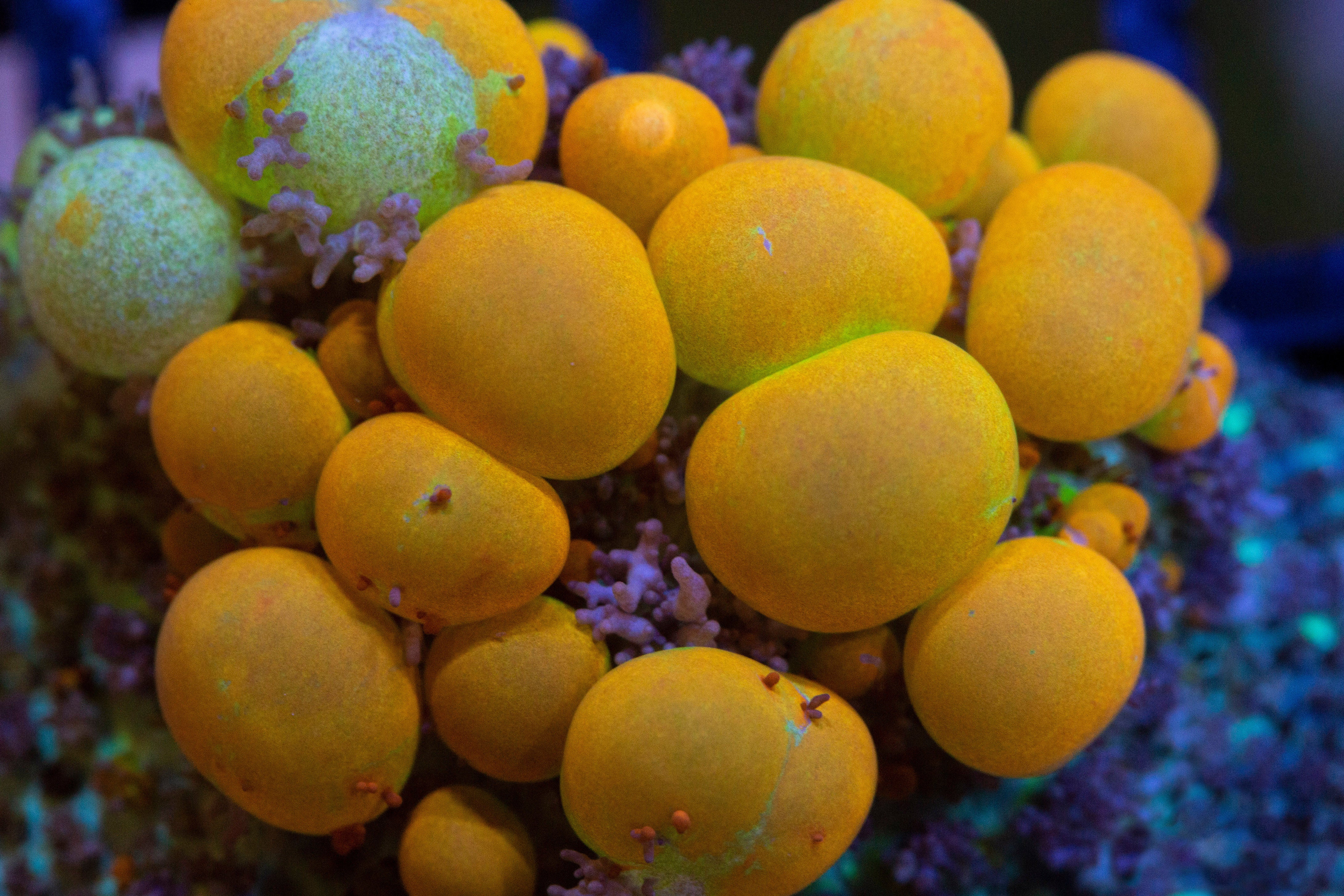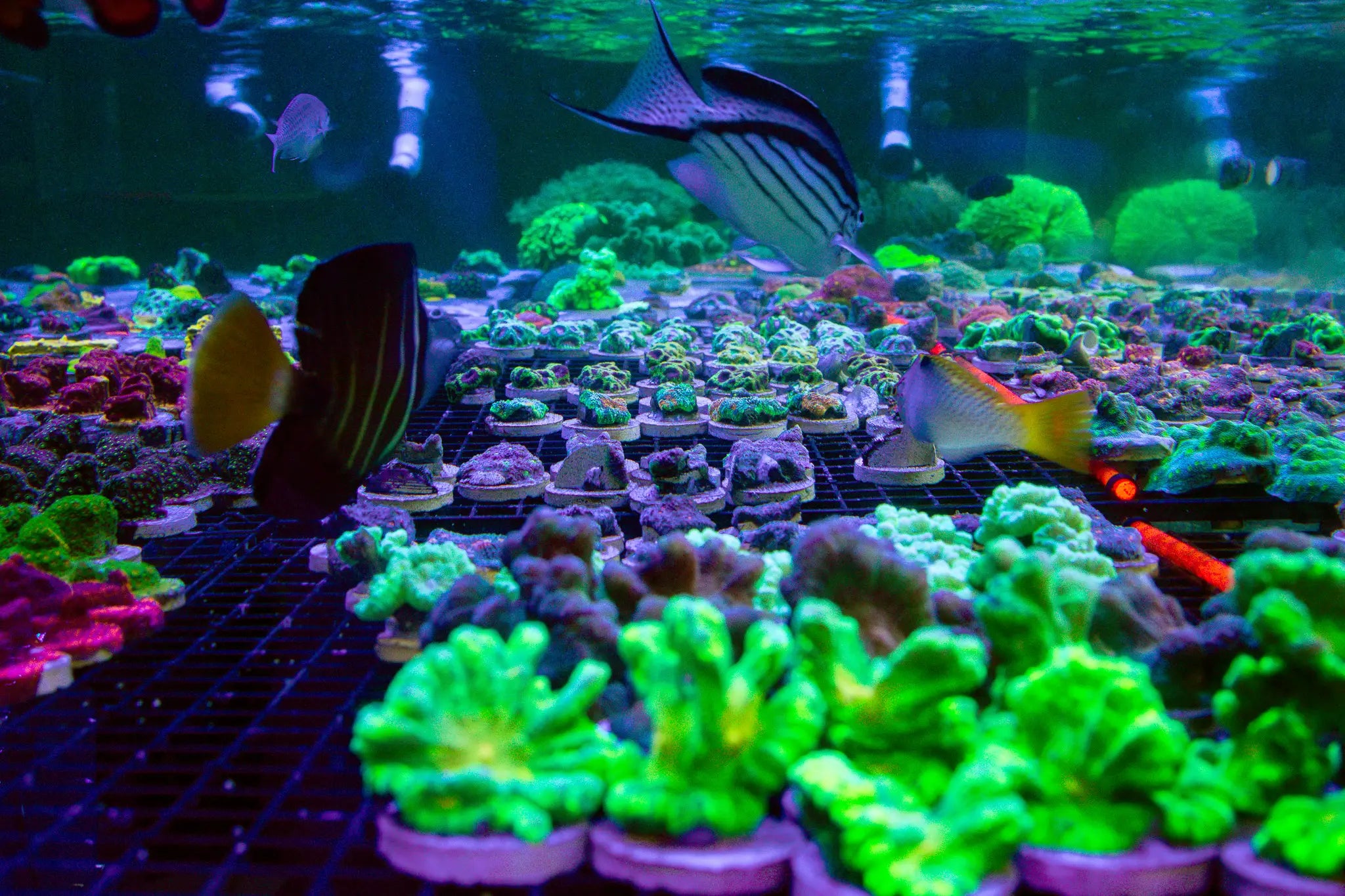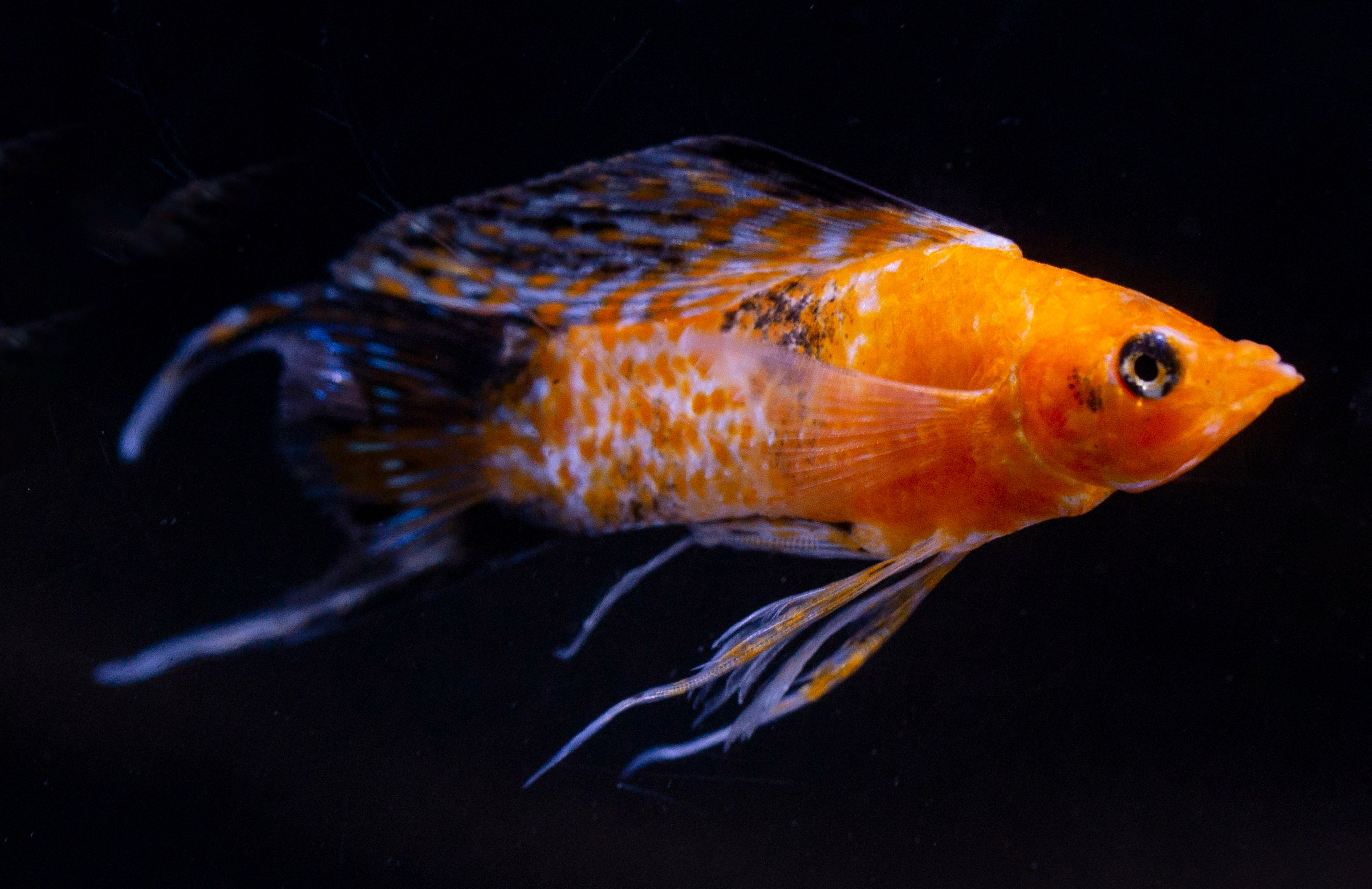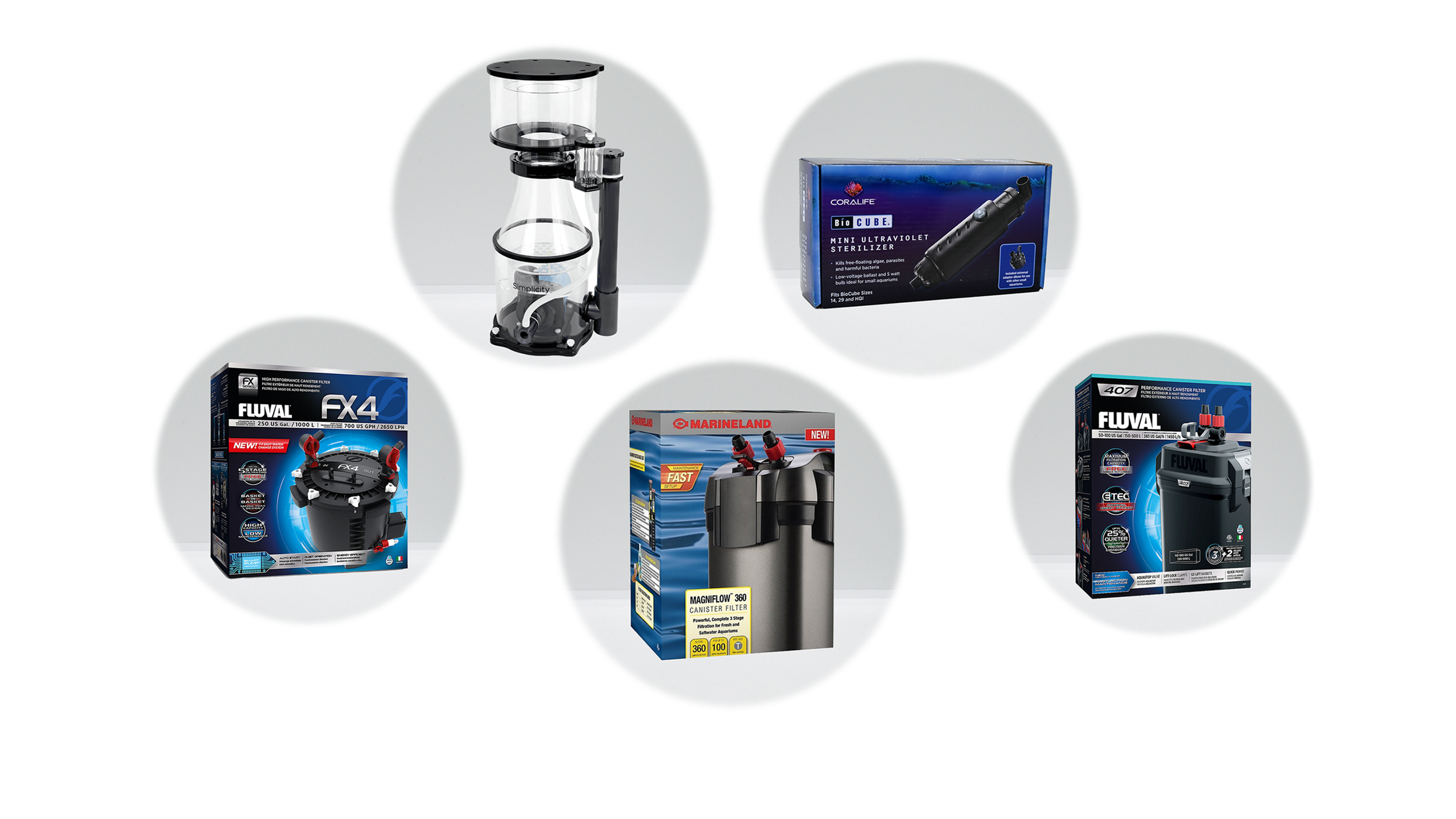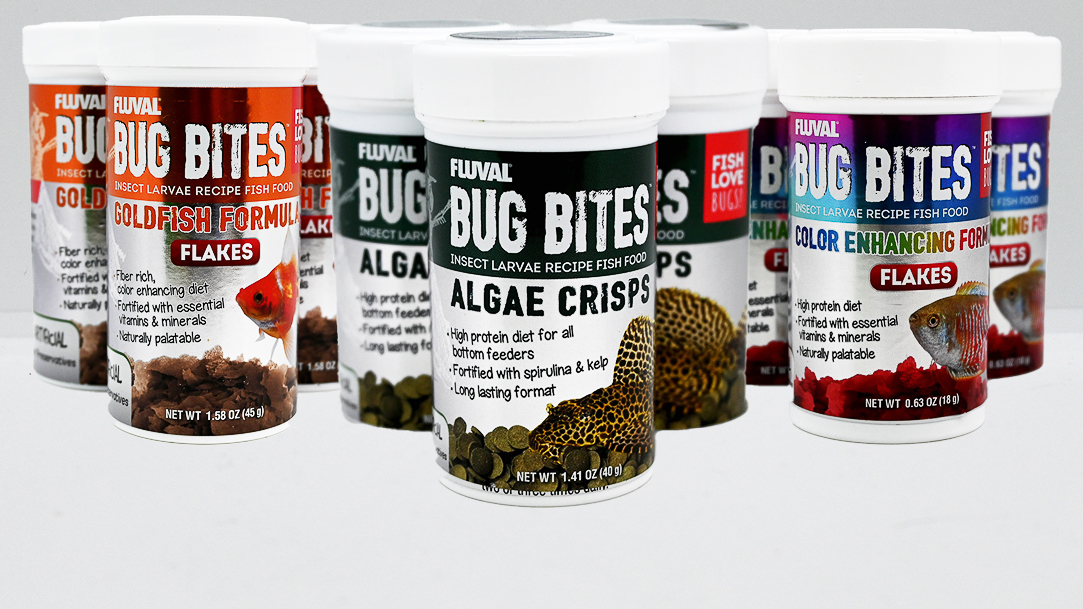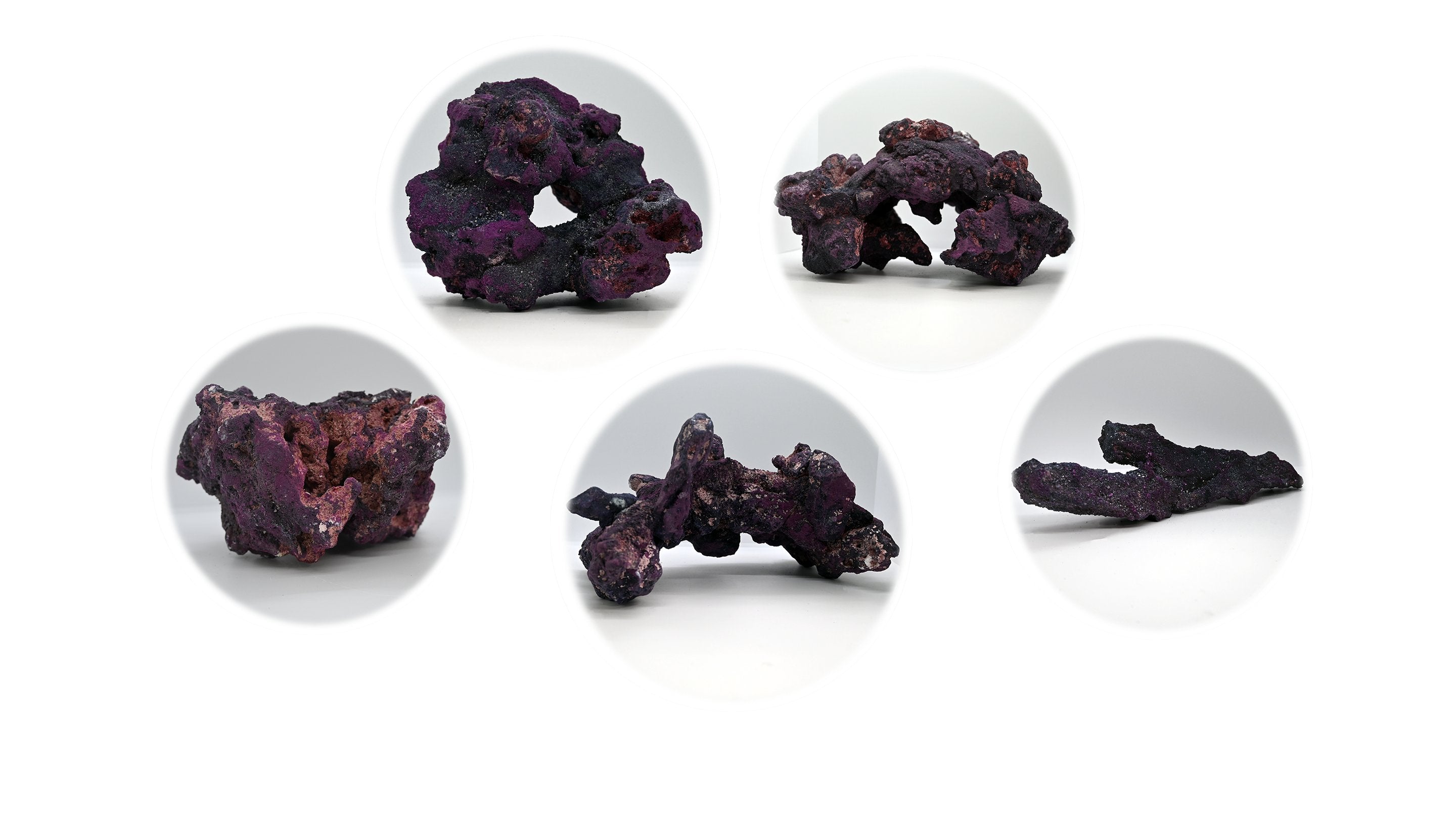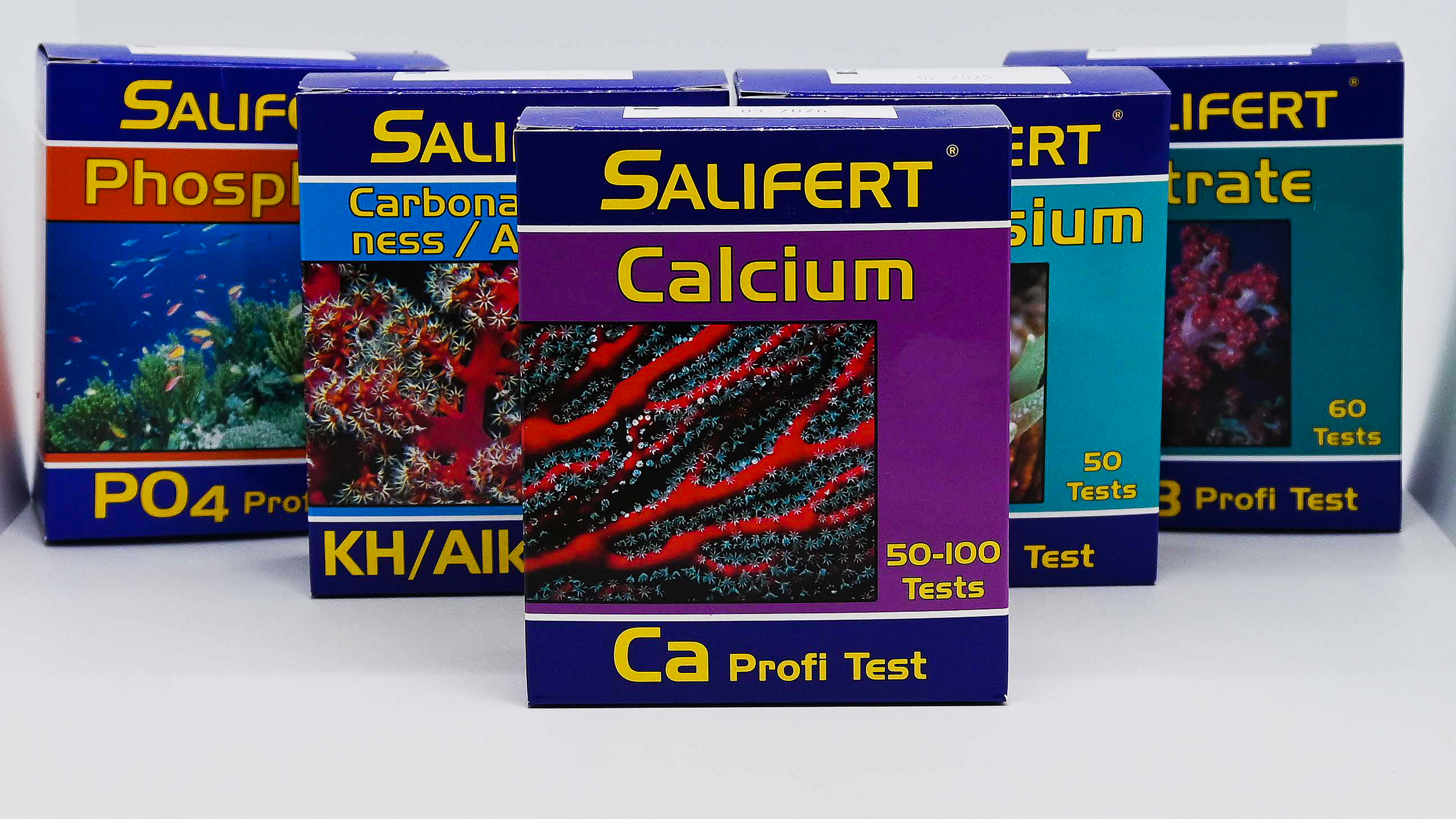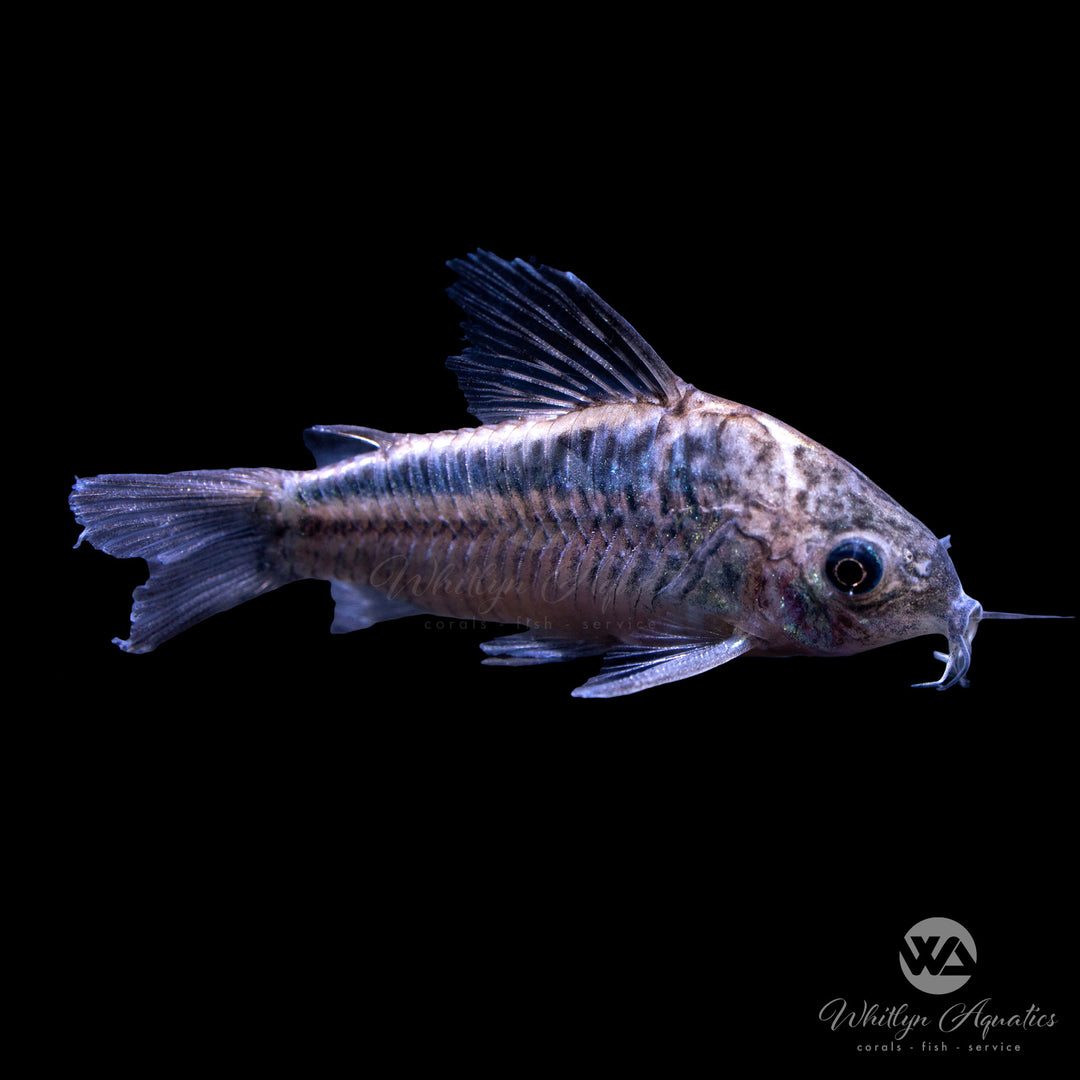
Little Cory Catfish - Corydoras nanus
- In stock, ready to ship
- Backordered, shipping soon
Little Cory Catfish (Corydoras nanus)
The Little Cory Catfish (Corydoras nanus) is a delightful and diminutive species of freshwater catfish known for its playful nature and distinctive appearance. As one of the smaller members of the Corydoras genus, this charming fish is perfect for smaller aquariums or as part of a community tank. Their social behavior and active scavenging make them popular among aquarists.
Description:
• Common Name: Little Cory Catfish
• Scientific Name: Corydoras nanus
• Family: Callichthyidae
• Size: 1.5-2.5 inches (4-6 cm)
• Color: Characterized by a pale, translucent body with distinct dark spots or blotches, and a light pattern that enhances its appeal.
Native Region:
The Little Cory Catfish is native to the freshwater rivers and streams of South America, primarily found in the Amazon Basin, where they inhabit slow-moving waters with plenty of vegetation and substrate.
Aquarium Setup:
• Tank Size: Minimum of 10 gallons (38 liters); larger tanks are recommended for groups.
• Water Parameters:
• Temperature: 72-78°F (22-26°C)
• pH: 6.0-7.5
• Hardness: Soft to moderately hard water (2-12 dGH)
• Diet: Omnivorous; feed a varied diet including high-quality sinking pellets, flakes, frozen or live foods like brine shrimp, bloodworms, and vegetables such as blanched zucchini.
Care Level:
• Difficulty: Easy
• Temperament: Peaceful; best kept in groups of 4 or more to encourage natural schooling behavior.
• Lifespan: 5-10 years with proper care.
Behavior:
Little Cory Catfish are social and thrive in groups, where they display lively interactions. They are bottom-dwellers, often foraging the substrate for food. Their playful antics and curious nature make them entertaining to observe.
Additional Tips:
• Tank Mates: Ideal tank mates include small, peaceful fish like tetras, rasboras, and dwarf cichlids. Avoid aggressive species that may harass them.
• Breeding: Breeding can occur in the aquarium, with proper conditions. Provide a separate breeding tank and ensure suitable spawning surfaces, such as broad-leaf plants.





